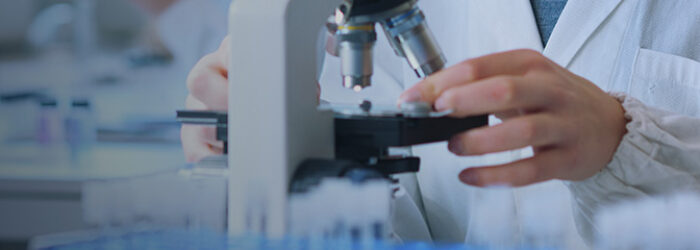Research
Our goal is to provide a new class of antibiotics and innovative antimicrobial strategies by targeting in vivo pathogen behaviour, providing new hope in the fight against AMR.
Antimicrobial resistance (AMR), the evolved ability of bacteria and other microbes to evade antibiotic treatment, is now a global threat, and after thirty years of stagnation in the development of new antibiotics, we are faced with the very near prospect of a post-antibiotic era. While new antibiotics may provide a temporary reprieve, AntiResist plays a pivotal role in addressing this innovation gap for good. With a fundamental shift towards in vivo antibiotic research, we are providing the standard for continual novel antibiotic discovery to keep pace with AMR evolution for generations to come.
Our research bridges clinical, biology, and engineering disciplines
At NCCR AntiResist, our team includes experts in microbiology, biochemistry, human biology, pharmacology, bioengineering science, and clinical medicine across multiple institutions, who work collaboratively to identify new antibiotics and antimicrobial strategies.
This diversity of perspectives allows us to ensure that we are finding previously neglected possibilities and examining them from all angles. By focusing these expert collaborations on specific pathogens, we can confidently innovate to identify the targets, methods and technologies necessary to discover how to break down conventional approaches and develop a new generation of antimicrobial strategies.

WE TRAIN FUTURE GENERATIONS OF INFECTION RESEARCH SCIENTISTS…












